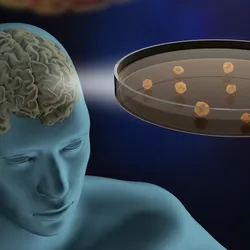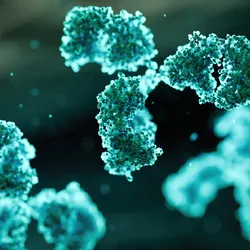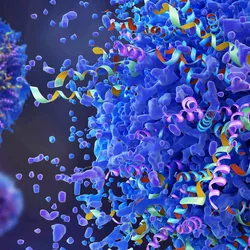Q: How can the use of electron activated dissociation help to streamline Met ID?
Metabolite identification is a key task during drug discovery to establish safety and efficacy of a drug candidate. LC-MS assays for metabolite identification typically use collision induced dissociation (CID) to fragment ions for structural elucidation, and soft-spot identification. With challenging metabolites, CID doesn’t produce sufficient fragment ions or help with labile modifications and a clear identification cannot be made. This can lead to the need for additional testing to meet regulatory requirements.
A: Electron activated dissociate (EAD) fragmentation complements the more traditional CID fragmentation by providing additional fragment ions for confident soft-spot identification.
EAD is a fragmentation method available on the ZenoTOF 7600 system that causes ions in an LC-MS/MS experiment to fragment in locations that are different from where they fragment with CID, providing additional information to scientists. For metabolite identification, this could mean confident identification of the metabolite and localization of the site of metabolism, removing the need for additional safety testing.
To learn more, visit metabolite identification (sciex.com).

















